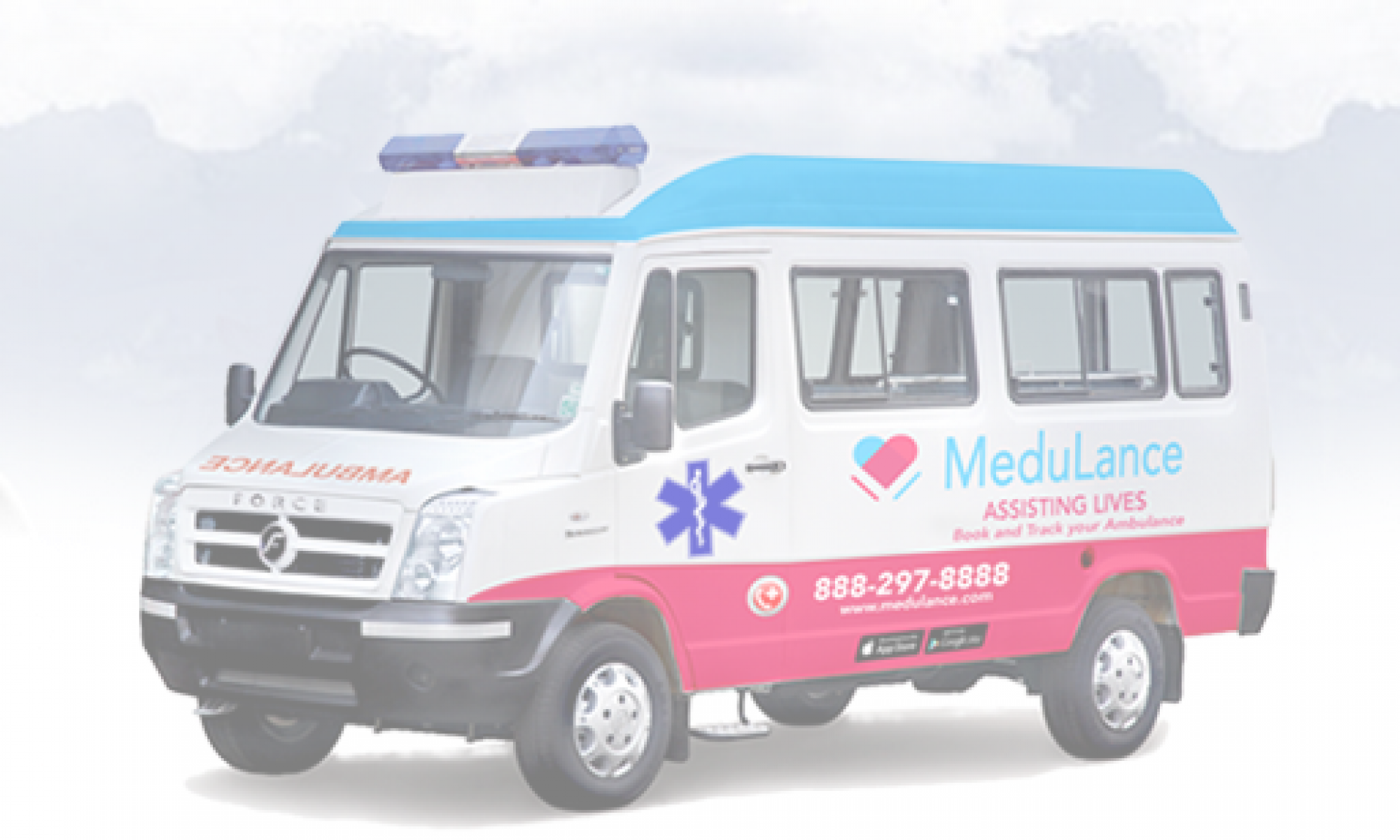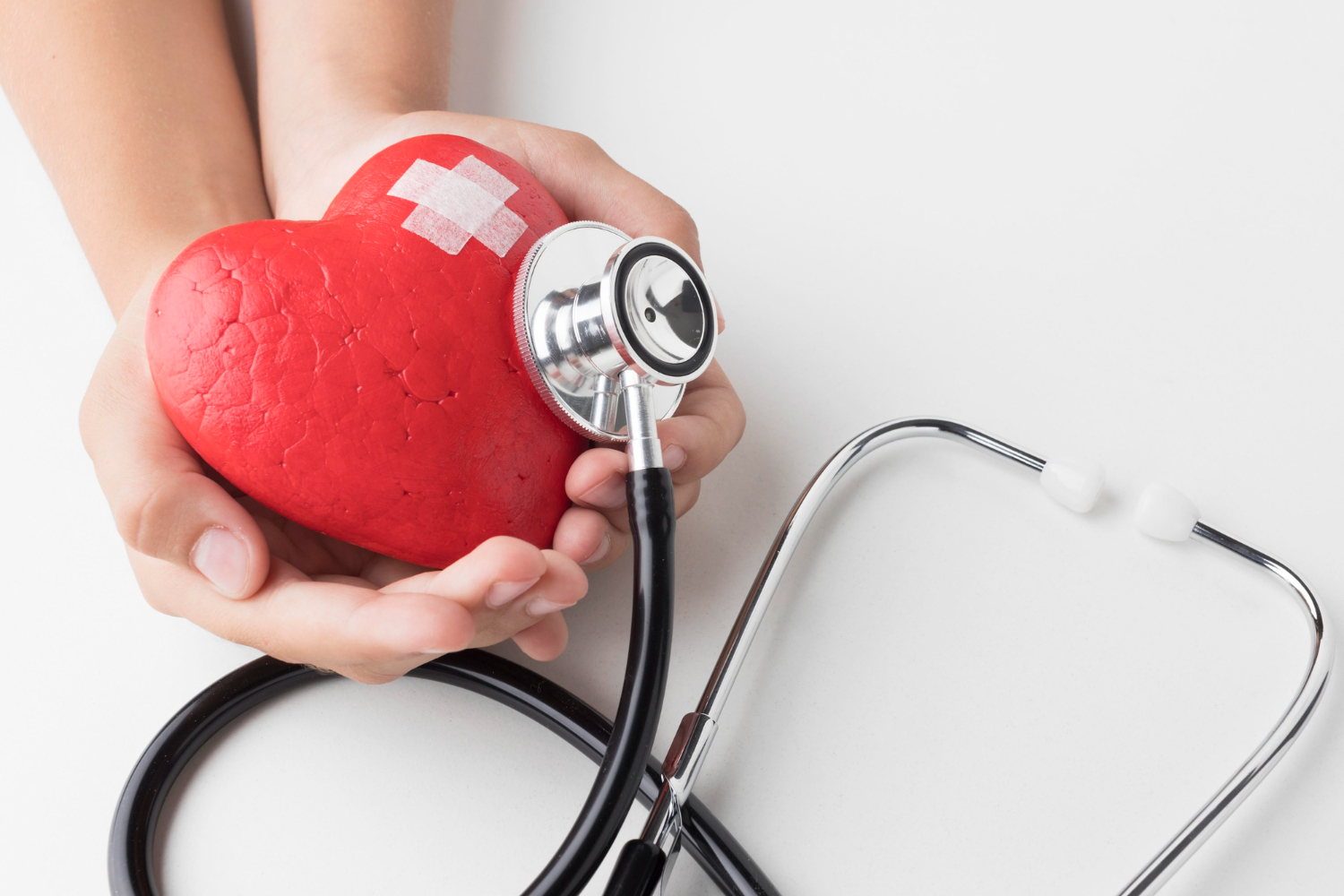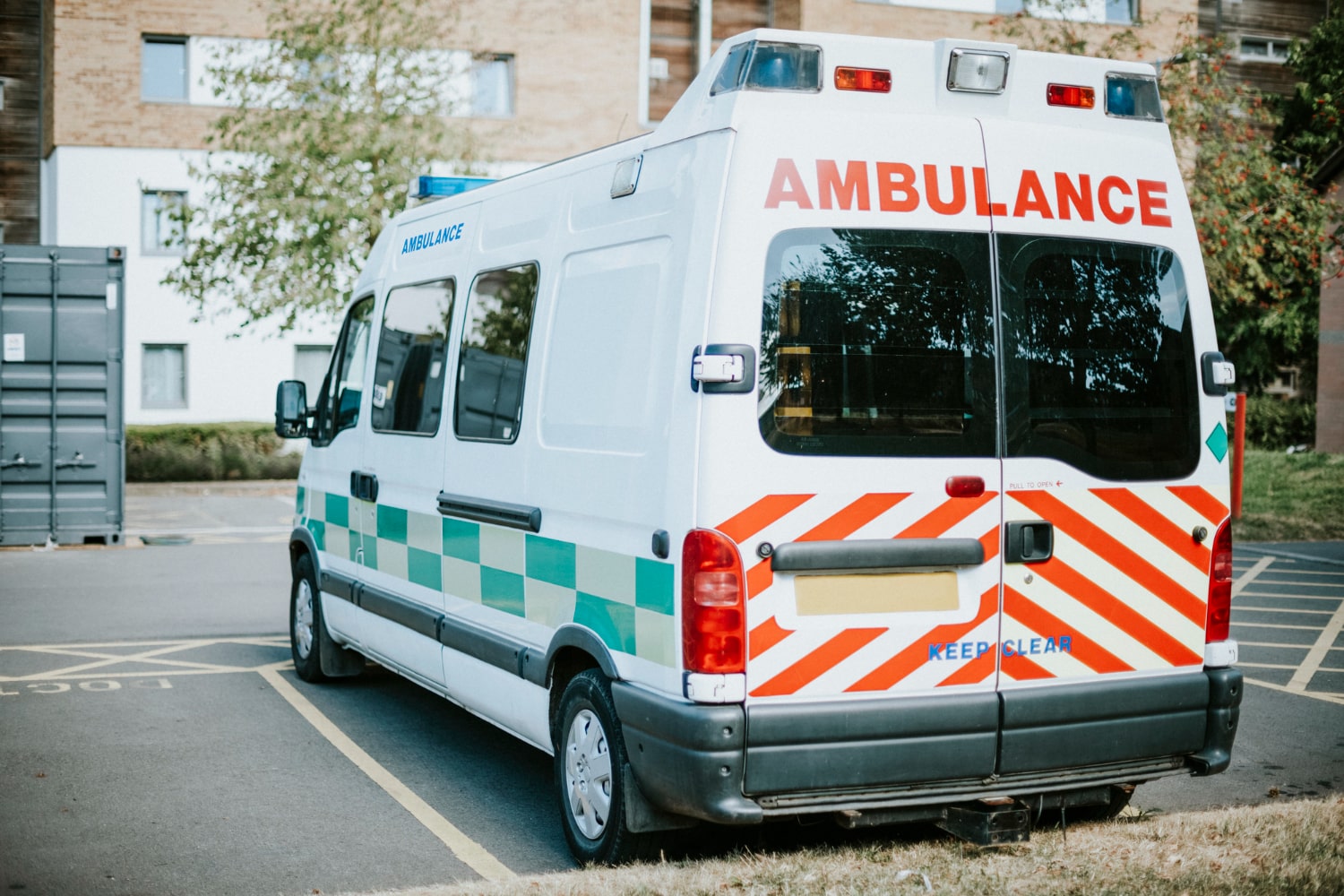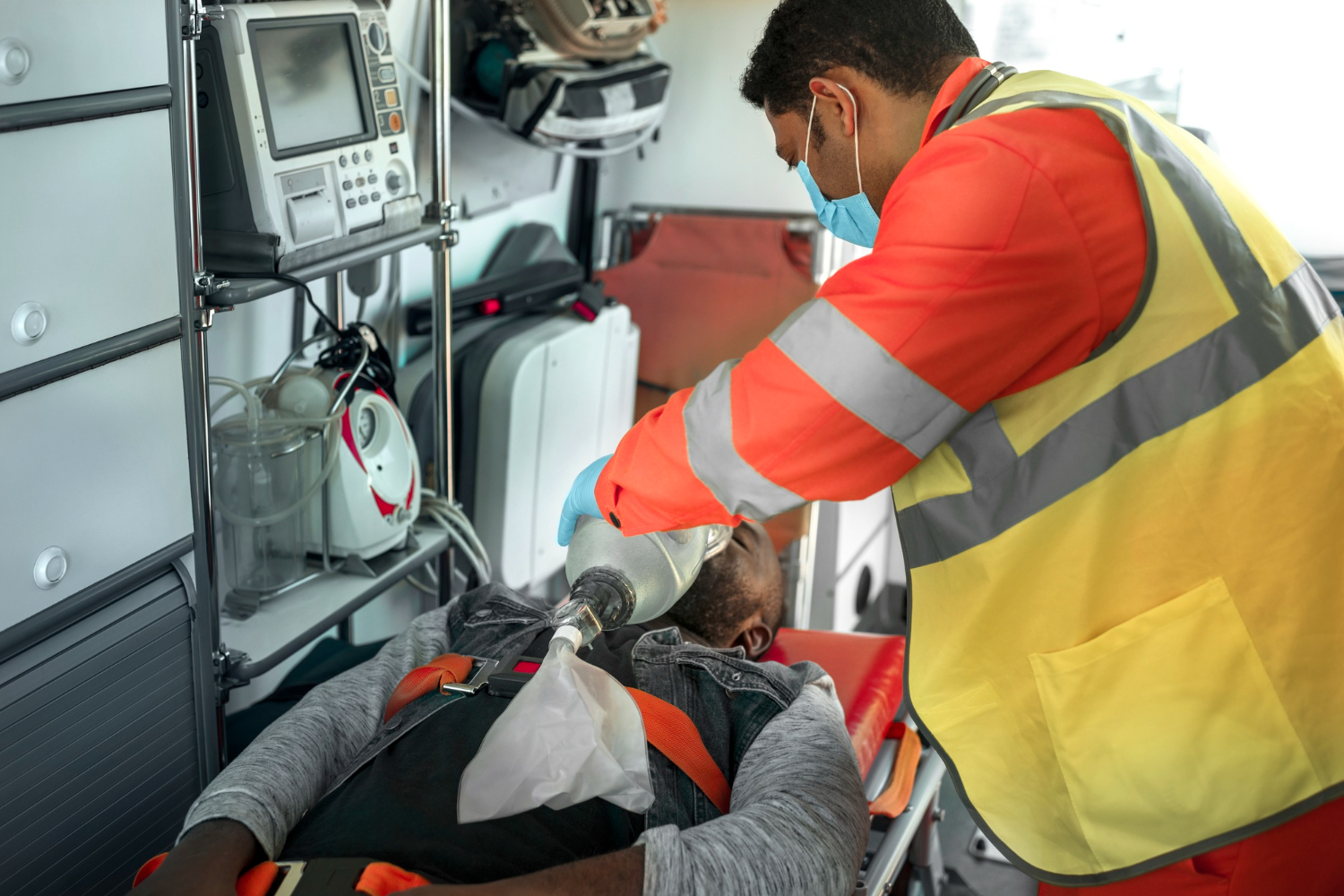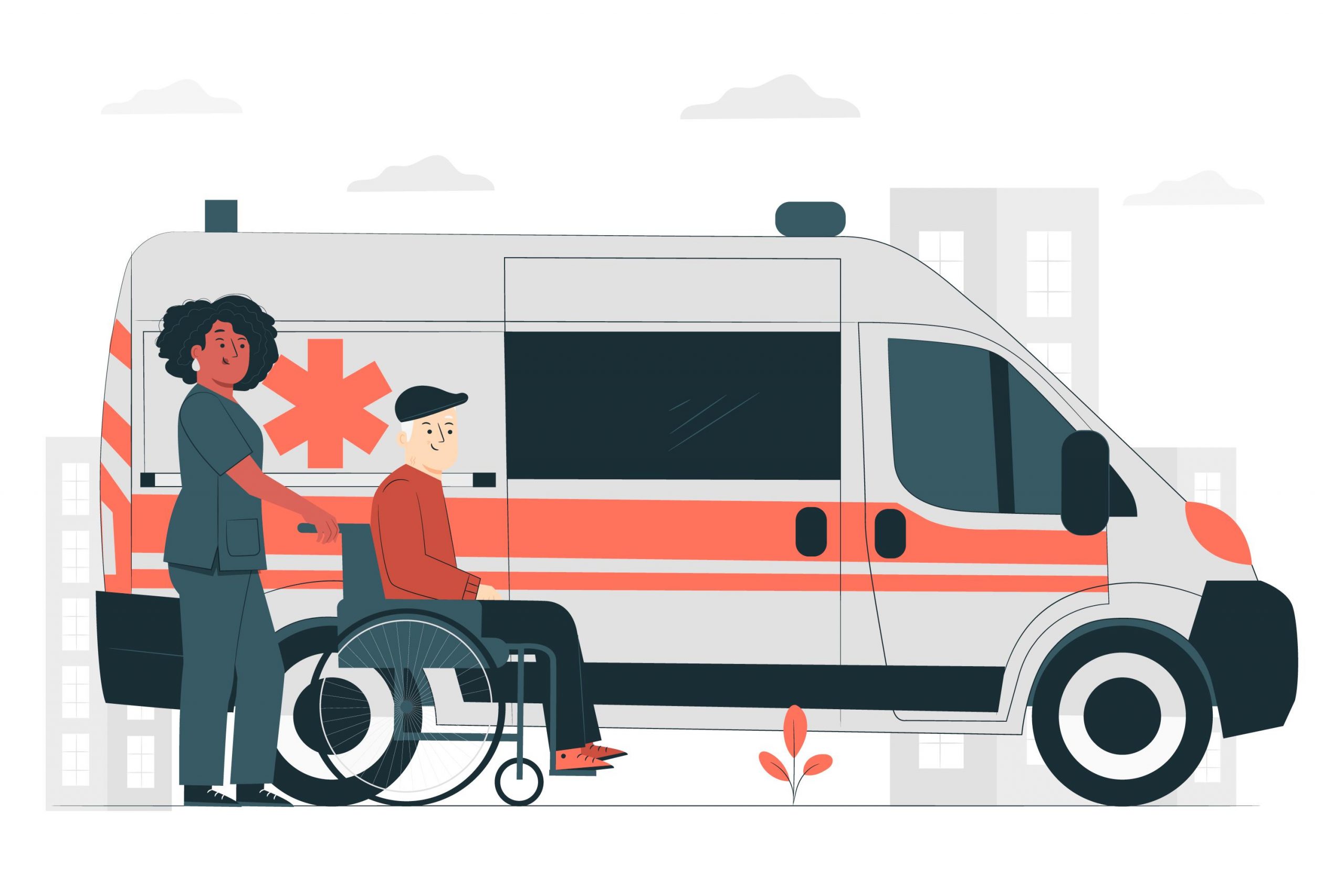World Heart Day is a global campaign during which people, families, communities, and governments all around the world participate in activities to take charge of their heart health and of others. This was created by the World Heart Federation, World Heart Day announces to people around the globe that CVD, including heart disease and stroke, is the world’s leading reason for death, claiming 18.6 million lives each year. With the help of this campaign, the World Heart Federation unites people from all countries and backgrounds in the fight against the CVD burden and encourages and drives international action to inspire heart-healthy living across the world.
What is Heart Disease?
A cardiovascular disease, also known as heart disease, refers to a group of diseases that affect the heart and blood vessels of the body. It affects one or many parts of the heart and blood vessels. A heart can become vulnerable to habitual risk factors like smoking, eating an unhealthy diet, or living under stress. Also, the system can be weakened by a pre-existing heart condition and other physiological factors, which include hypertension or high blood cholesterol.
Heart disease has heart or blood vessel problems of the below types:
● Abnormal heart rhythms.
● Heart valve disease.
● Narrowing of the blood vessels in the heart, other organs, or throughout the body with plaque.
● Heart squeezing and relaxation difficulties.
● Heart and blood vessel problems one is born with.
● Problems with the heart’s outer lining.
What Conditions are Cardiovascular Diseases?
There are numerous types of cardiovascular diseases, they are as follows:
- Stroke:
- Atrial Fibrillation:
- Heart Failure:
- Cardiac Amyloidosis:
A stroke occurs when the blood supply to part of the brain is cut off and without blood, brain cells can be damaged or die. The short- and long-term consequences depend on the region of the brain affected and how quickly it is treated.
Typically, the heart contracts and then settles to a regular rhythm, forcing blood effectively out and around the body. But, in AF, the heart’s upper chambers (atria) beat irregularly or quiver (fibrillate), lowering the heart’s efficiency and performance, and causing some blood to pool, which can cause clots to form. This condition can impact people of any age, but is more familiar in older people. It is more likely to happen in people with other medical conditions, such as diabetes, hypertension, atherosclerosis, or a heart problem.
This is a severe condition that happens when the heart doesn’t pump enough blood around the body. It can be either acute and arrive unexpectedly, or a progressive, long-term condition. The symptoms include shortness of breath that gets worse over time, coughing or wheezing, tiredness and fatigue, fluid retention with swelling of the legs or abdomen, and being less able to do physically appealing tasks or exercise.
An amyloidosis is a group of diseases that are characterized by the build-up of abnormal deposits of amyloid fibrils. These fibrils are composed of misfolded proteins, which build up in organs throughout the body. Over time, the deposits may cause affected organs to stop working suitably, which can eventually lead to organ failure.
How Common is Heart Disease?
Heart disease is the leading cause of death around the world. Almost half of adults have some form of cardiovascular disease. It affects men and women, equally. In fact, one in three women dies from cardiovascular disease, and it impacts people of all ages, ethnicities, and socioeconomic levels.
What causes heart disease?
The causes of heart disease can differ depending on the specific type of cardiovascular disease. For instance, atherosclerosis, plaque build-up in the arteries, can cause coronary artery disease and peripheral artery disease. Coronary artery disease, scarring of the heart muscle, genetic problems, or medications can cause arrhythmias. Also, aging, infections, and rheumatic disease can cause valve disease.
What are the symptoms of heart disease?
The symptoms of heart disease can vary depending on the cause. Below is the list of different conditions and symptoms:
A. Symptoms of abnormal heart rhythms may include:
- Pounding or racing heart (palpitations).
- Chest pain
- Sweating
- Lightheadedness
- Shortness of breath
B. Symptoms of heart valve disease may include:
- Dizziness
- Tiredness
- Chest pain
- Heart murmur
- Shortness of breath
C. Symptoms of blockages in the blood vessels in your heart, other organs, or throughout your body may include:
- Pain in your chest or upper body
- Neck pain
- Heartburn or indigestion
- Exhaustion
- Shortness of breath
- Nausea or vomiting
- Dizziness
D. Symptoms of heart pumping difficulties include:
- Swelling in your lower body
- Exhaustion.
- Shortness of breath.
E. Symptoms of heart problems you’re born with may include:
- Heart murmur
- Inability to handle exercise
- Shortness of breath
How is a Cardiovascular Disease Diagnosed?
A health care provider will help examine you and ask about your personal and family medical history. There are many various tests used to diagnose heart disease. The tests to diagnose heart disease include the following:
- Electrocardiogram:
- Holter monitoring:
- Echocardiogram:
- Exercise tests or stress tests:
- Cardiac catheterization:
- Heart (cardiac) CT scan:
- Heart (cardiac) magnetic resonance imaging (MRI) scan:
Electrocardiogram also known as ECG, is a quick and painless test that records the electrical signals in the heart. This can also tell if the heart is beating too fast or too slowly.
It is a portable ECG device that’s worn for a day or more to record the heart’s activity during daily activities. It detects irregular heartbeats that aren’t found during a regular ECG exam.
This test utilizes sound waves to create detailed images of the heart in motion. It also indicates how blood moves through the heart and heart valves. Also, an echocardiogram can help determine if a valve is narrowed or leaking.
Such tests involve walking on a treadmill or riding a stationary bike while the heart is monitored. It helps reveal how the heart reacts to physical activity and whether heart disease symptoms occur during exercise. If one can’t exercise, one might be given medication.
One can examine blockages in the heart arteries. A lengthy, narrow flexible tube (catheter) is inserted in a blood vessel, usually in the groin or wrist, and guided to the heart. The dye flows via the catheter to arteries in the heart. It helps the arteries show up more distinctly on X-ray images taken during the test.
In this type of test, one lies on a table inside a doughnut-shaped machine. An X-ray tube inside the machine revolves around the body and gathers images of the heart and chest.
A cardiac MRI utilizes a magnetic field and computer-generated radio waves to produce detailed images of the heart.
How is the Cardiovascular Disease Treated?
Now, treatment plans also vary and depend on the symptoms and the type of cardiovascular disease one has. Cardiovascular disease treatment may include the below following:
● Lifestyle changes: One can make changes to their diet, increase their aerobic activity and try to quit smoking.
● Medications: To control cardiovascular disease, one can go to a healthcare provider who may prescribe medications. Also, medication type will rely on what kind of cardiovascular disease one has.
● Procedures or surgeries: If medications don’t work to manage cardiovascular disease, a healthcare provider may use certain procedures or surgeries to treat the cardiovascular disease. For instance, stents in the heart or leg arteries, minimally invasive heart surgery, open-heart surgery, ablations, and cardioversion.
● Cardiac rehabilitation: One may require a monitored exercise program to help the heart get stronger.
● Active surveillance: One may require careful monitoring over time without medications or procedures.
How to Prevent Heart Disease?
It is a lot difficult to prevent some types of cardiovascular disease, such as congenital heart disease. But, with the help of lifestyle changes, one can reduce the risk of many types of cardiovascular disease.
Here are a few ways how can one reduce their cardiovascular risks:
● One must avoid all tobacco products.
● One must manage other health conditions, such as diabetes, high cholesterol, or high blood pressure.
● It is important to achieve and maintain a healthy weight.
● One must eat a diet low in saturated fat and sodium.
● Exercising at least 30 to 60 minutes per day on most days can be a great help.
● One has to try to reduce and manage stress.
